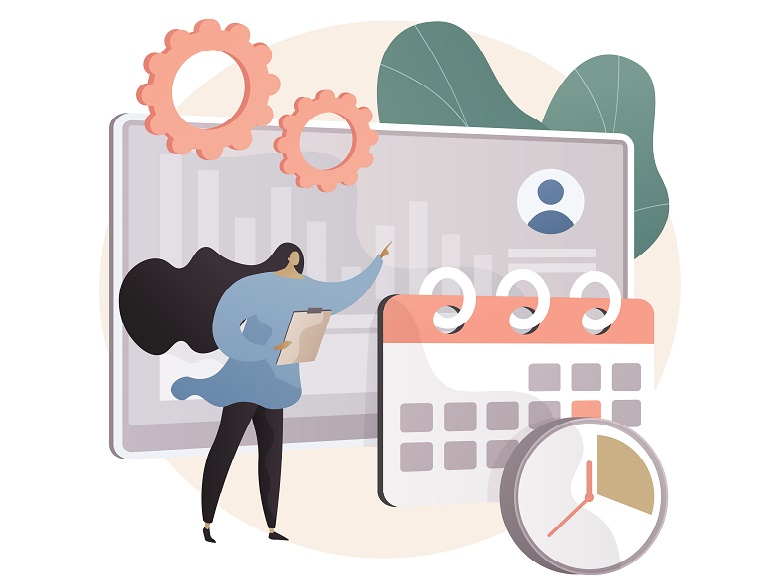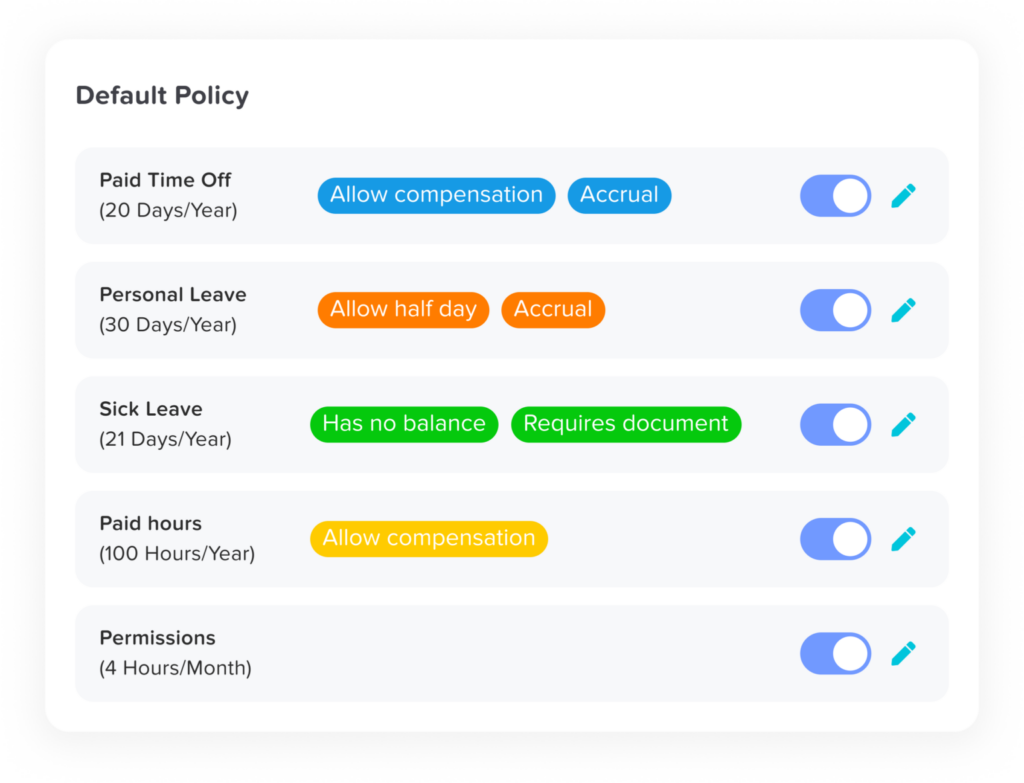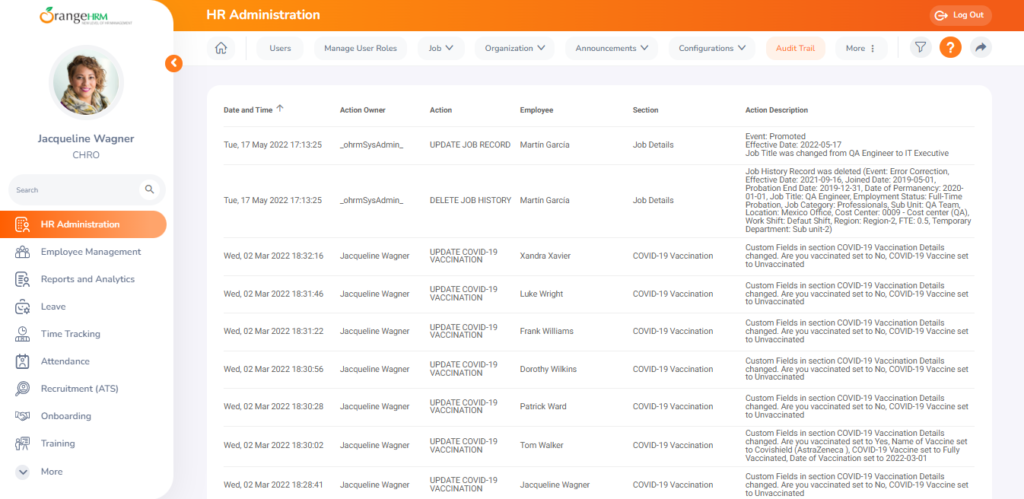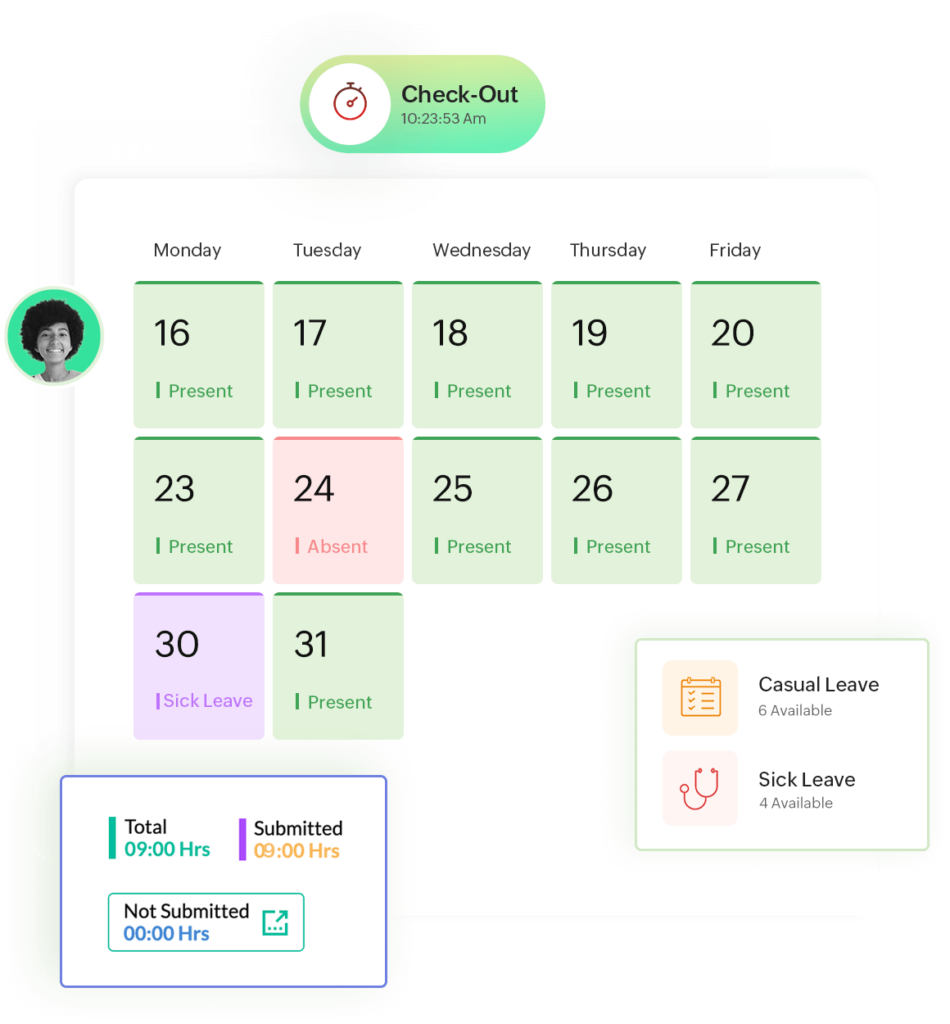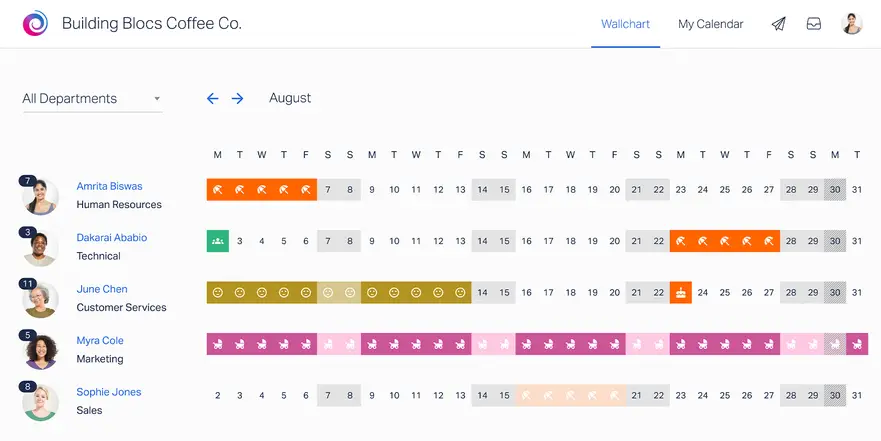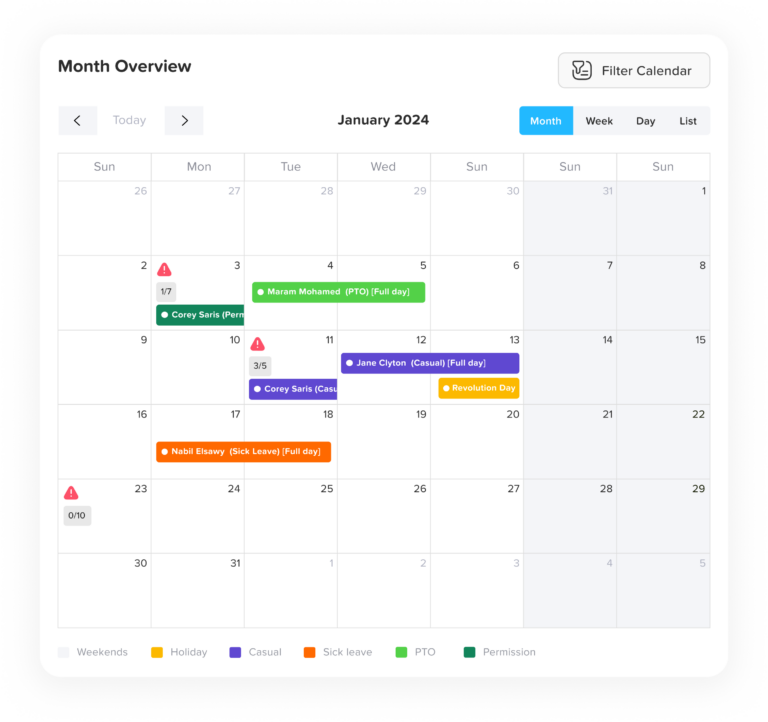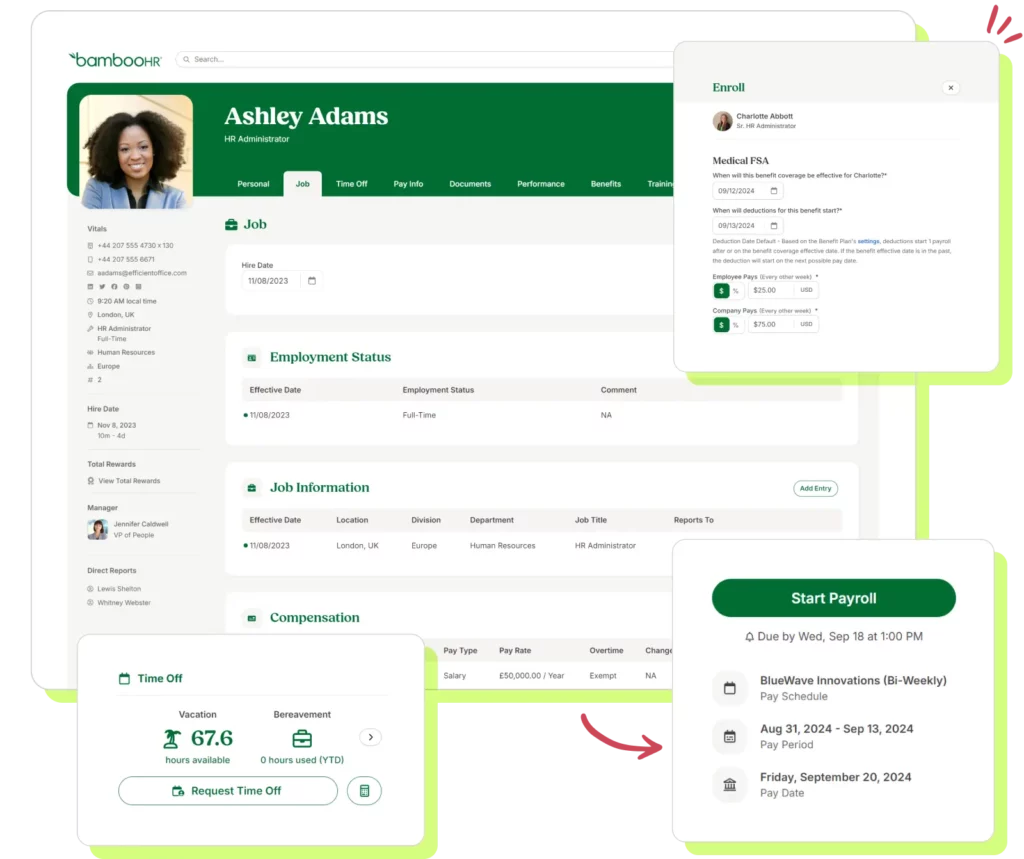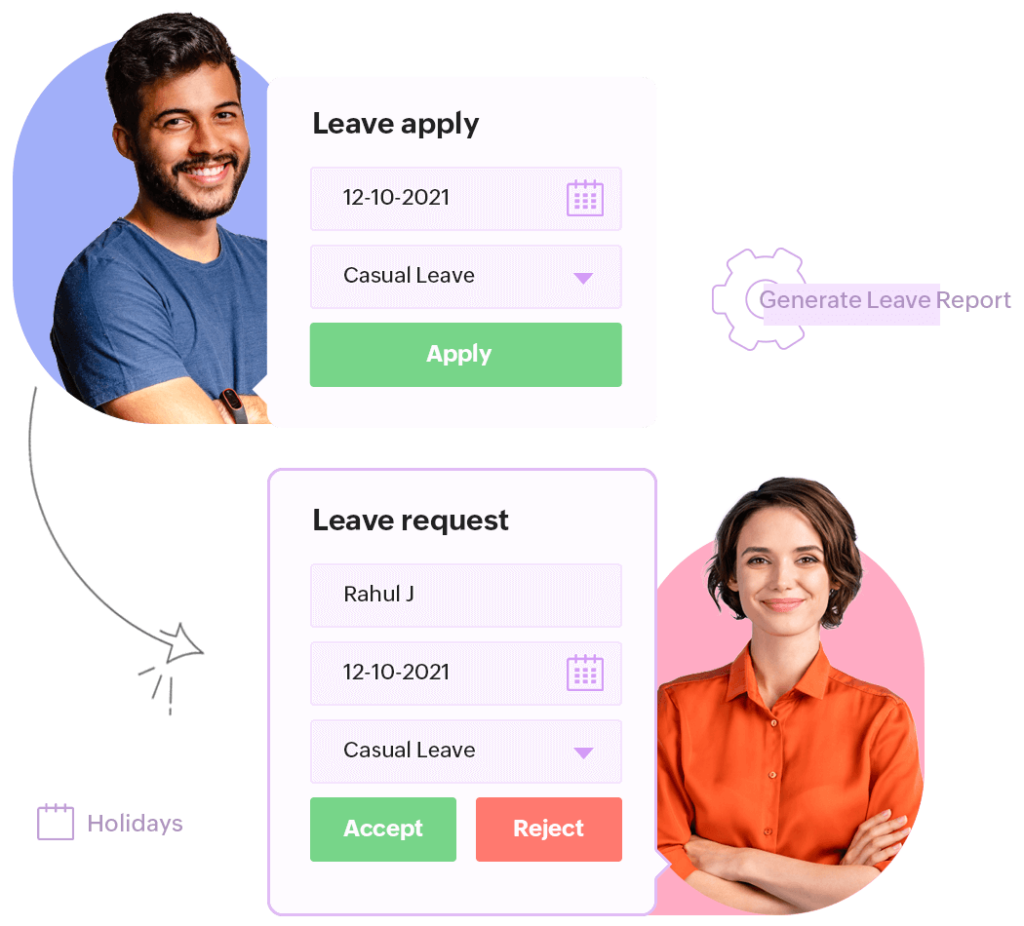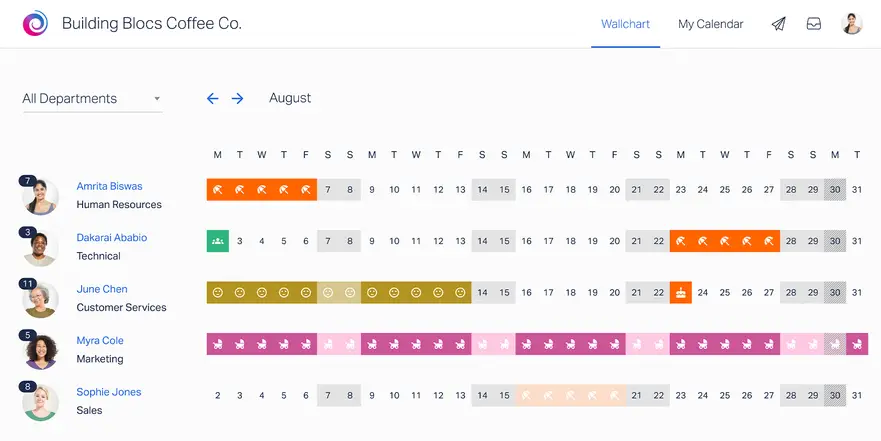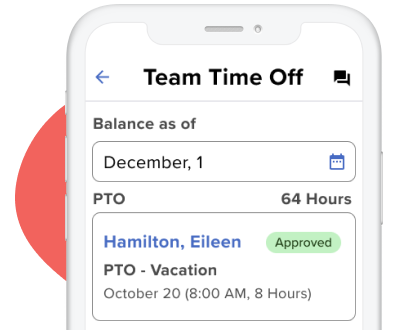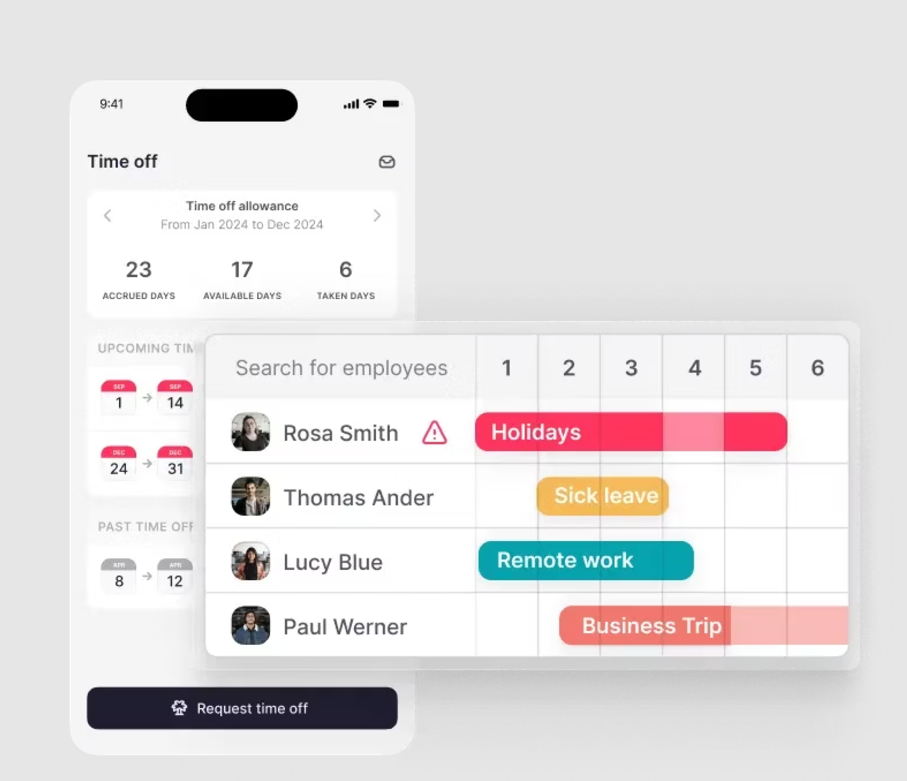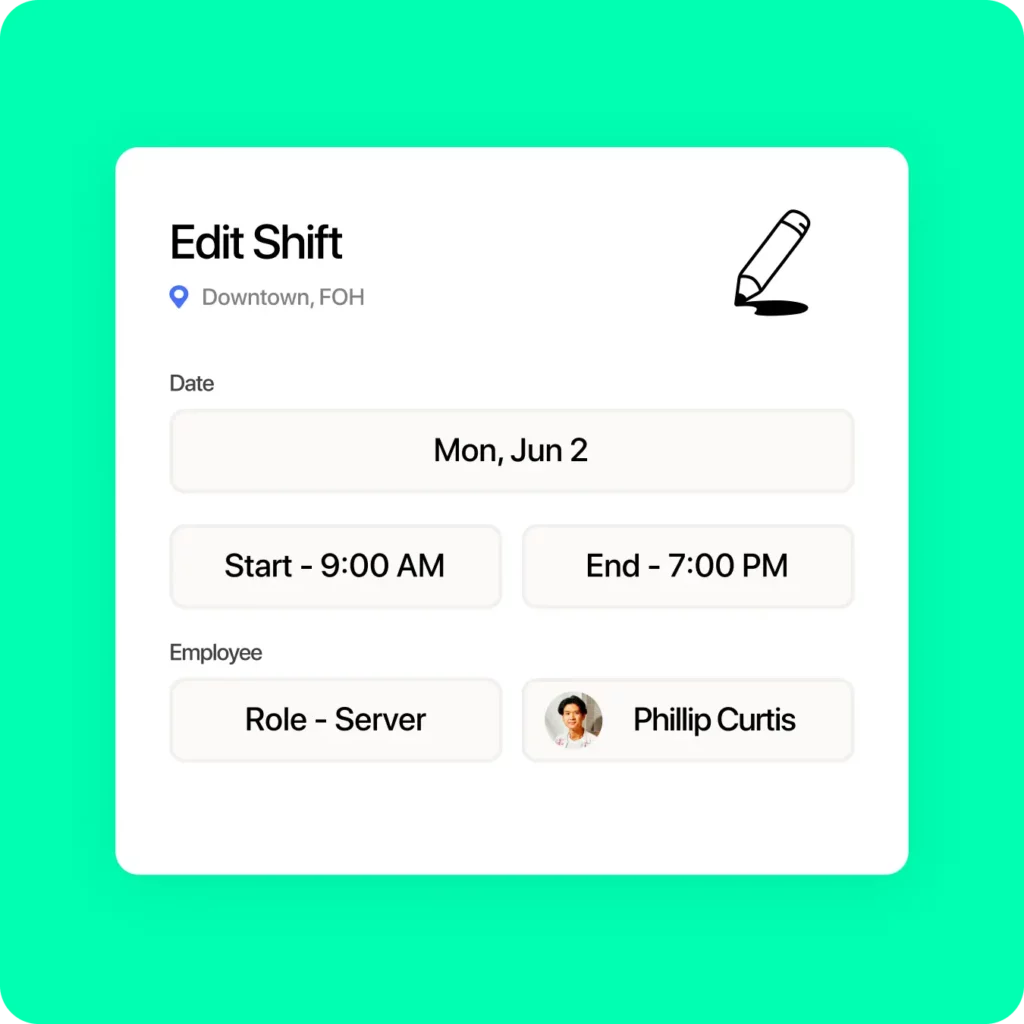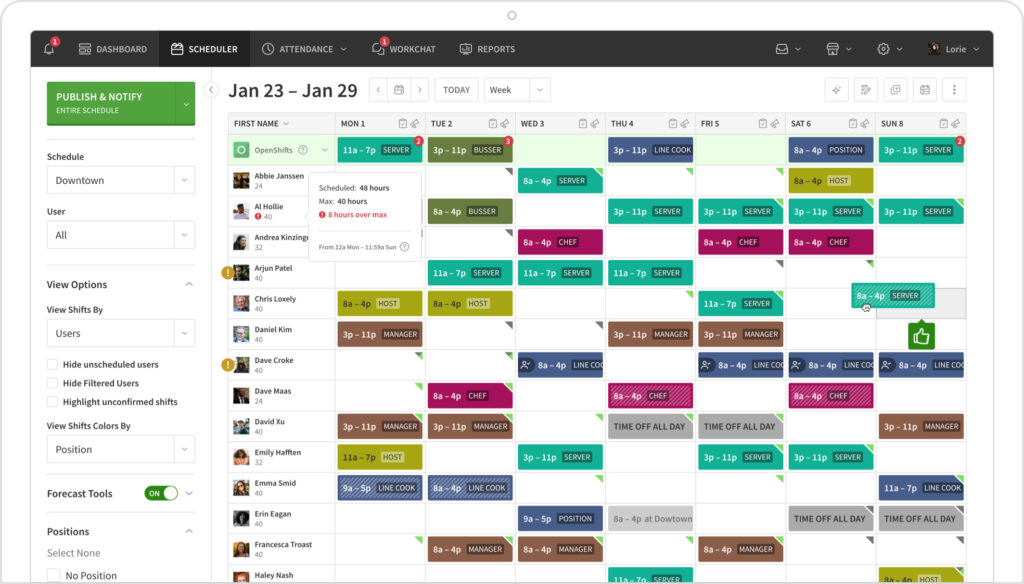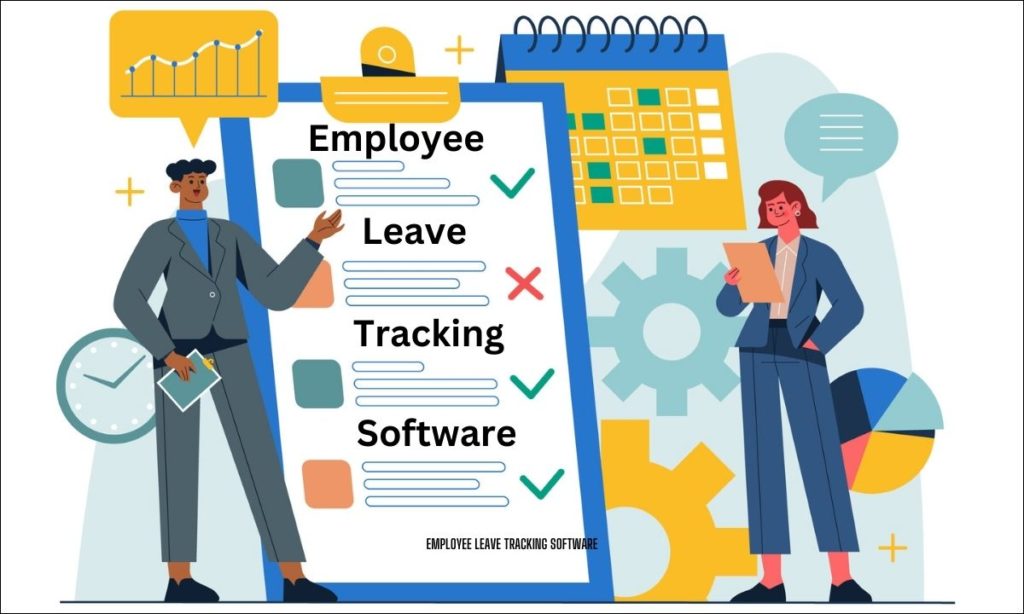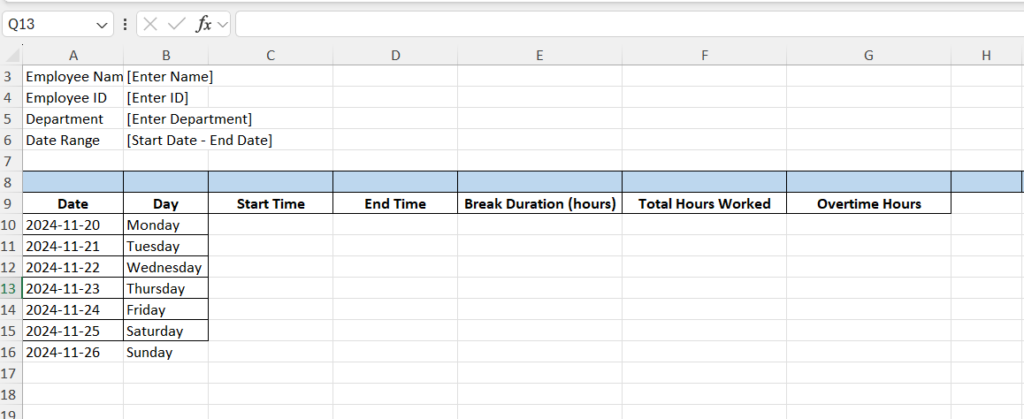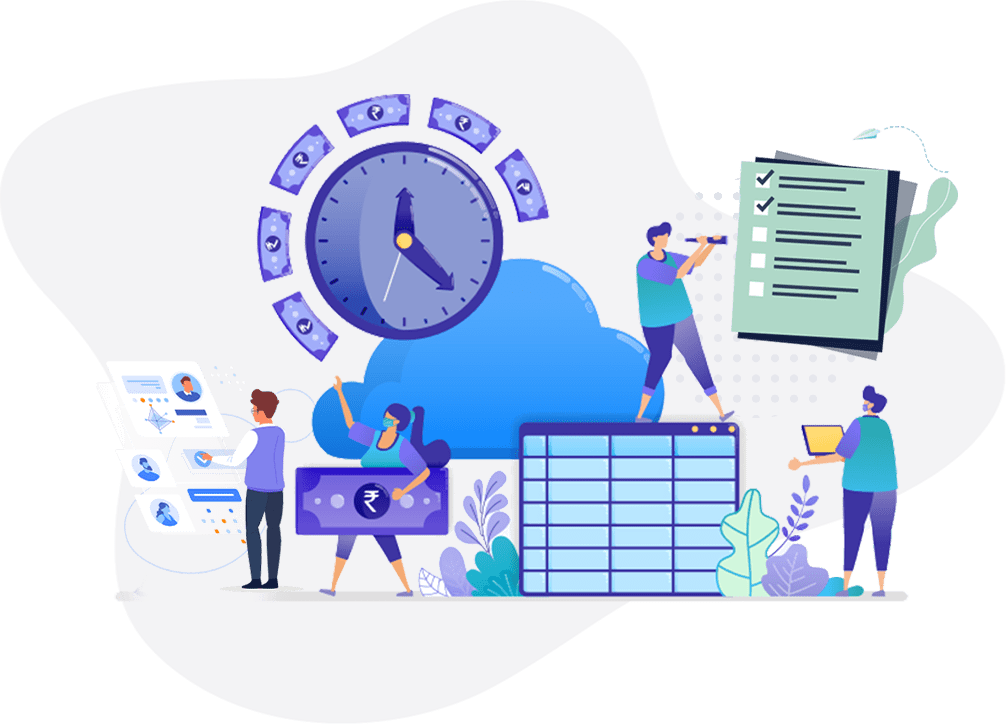In today’s fast-paced work environment, effective management of employee time off is crucial for maintaining productivity, employee satisfaction, and organizational efficiency. Traditional methods of tracking Paid Time Off (PTO) using spreadsheets or manual systems are increasingly becoming outdated, error-prone, and difficult to manage as companies grow. This is where Time Off Software comes in a powerful tool designed to streamline and simplify the PTO tracking process for both HR teams and employees.
This article explores the benefits of using Time Off Software, key features to look for when choosing a system, and how this technology can help your organization improve workflow, reduce administrative workload, and increase employee satisfaction.
What is Time Off Software?
Time Off Software is a digital tool designed to help businesses track and manage employee leave requests, including PTO, vacation days, sick leave, and other types of time off. These systems provide an automated solution to manage, approve, and monitor employee leave, ensuring that organizations can maintain adequate staffing levels while giving employees the time off they need.
Rather than relying on paper forms or complex spreadsheets, Time Off Software centralizes all time-off requests in one accessible location, giving HR teams and managers better visibility and control over employee absences. These systems typically integrate with other HR tools, such as payroll, attendance tracking, and scheduling software, to provide a comprehensive solution for managing employee time off.
Why Use Time Off Requests Software?
Time Off Software offers several key advantages that can streamline your organization’s leave management process:
1. Accuracy and Reduced Human Error
Manual leave tracking methods, such as spreadsheets or paper forms, are prone to mistakes, which can lead to discrepancies in employee records, overpayments, or even legal compliance issues. Time Off Software automates the entire leave request process, ensuring that all calculations for leave balances, accruals, and remaining PTO are accurate.
2. Streamlined Leave Requests
Time Off Software allows employees to request time off through a simple online portal or mobile app. Employees can view their current leave balances, check the availability of leave dates, and submit requests for approval—all within a few clicks. This eliminates the need for email chains or paper forms, making the process faster and more efficient.
3. Simplified Approvals and Notifications
Managers can review, approve, or deny time off requests directly from the system. Most platforms offer automated notifications to alert managers when a request is pending, helping them stay on top of approvals without the need for constant follow-up. Additionally, managers can see an employee’s entire leave history, making it easier to make informed decisions about time-off requests.
4. Improved Reporting and Compliance
Accurate tracking of employee leave is crucial for compliance with labor laws, especially in regions where paid sick leave, family leave, and other types of leave are mandated by law. Time Off Software provides real-time reports on employee absences, making it easier for HR teams to ensure compliance with legal requirements. In addition, managers can use data from the system to analyze trends in absenteeism and take proactive steps to address potential staffing issues.
5. Enhanced Employee Experience
Offering an easy-to-use system for requesting and managing time off improves the employee experience. Time Off Software provides employees with transparency, allowing them to check their leave balances and plan time off in advance. Additionally, by reducing the administrative burden on employees and managers, the software ensures that leave requests are processed quickly and efficiently.
6. Integration with Calendars
Most Time Off Software solutions integrate seamlessly with popular calendar tools such as Google Calendar and Outlook. This integration allows employees and managers to automatically sync approved time off with their personal or team calendars. By keeping everyone informed about who will be on leave, these integrations help streamline scheduling, improve team collaboration, and prevent conflicts with meetings or project deadlines. This feature ensures that time-off plans are visible to all relevant parties, enhancing overall transparency and planning efficiency.
Key Features of Time Off Requests Software
When evaluating Time Off Software for your organization, look for the following features that can optimize leave tracking and improve HR management:
1. Customizable Leave Policies
Every organization has its own set of policies for time off, such as accrual rates, rollover rules, and eligibility requirements. Time Off Software should allow you to customize leave policies based on your company’s needs. You should be able to set up different leave types (vacation, sick leave, personal days, etc.), define accrual rules, and specify limits for carryovers or rollovers.
2. Employee Self-Service Portal
A self-service portal is a core feature of modern Time Off Software. It enables employees to check their leave balances, request time off, and view their leave history. This feature eliminates the need for HR teams to manually handle every request, empowering employees to manage their own time off efficiently.
3. Real-Time Leave Balances and Accruals
Time Off Software should provide real-time tracking of PTO balances, including accruals based on employee tenure or hours worked. Employees and managers can see up-to-date leave balances, reducing the risk of over-requesting time off.
4. Leave Request Workflow
The software should include a clear, structured process for requesting and approving leave. This should include automated notifications, approval workflows, and the ability for managers to review requests based on staffing requirements. Some systems even allow for automated workflows, where requests are automatically approved or denied based on predefined rules.
5. Mobile Accessibility
With the growing trend of remote work and mobile-first employees, it’s important for Time Off Software to be mobile-friendly. Many software options offer dedicated mobile apps, allowing employees to request time off, check leave balances, and receive notifications on their mobile devices.
6. Reporting and Analytics
Time Off Software should offer robust reporting capabilities, allowing HR teams to generate reports on employee leave usage, absenteeism trends, and compliance. These reports can provide valuable insights into how time off is being utilized, helping managers make informed decisions about staffing and resource allocation.
How Time Off Requests Software Improves Organizational Efficiency
By automating the entire time-off management process, Time Off Software offers several ways to improve organizational efficiency:
- Reduced Administrative Burden: HR teams no longer need to manually track and process leave requests. The system automates these tasks, allowing HR personnel to focus on more strategic responsibilities.
- Improved Communication: Notifications and alerts keep managers and employees informed about time-off requests, ensuring no request is missed or forgotten.
- Better Resource Management: Managers can easily view staffing levels and plan accordingly to avoid understaffing or overburdening employees. The software provides a clear overview of who will be on leave and when.
- Greater Transparency: Employees can track their leave balances and request time off whenever needed, which improves trust and satisfaction.
Conclusion
Implementing Time Off Software in your organization is a game-changer for managing employee leave efficiently. The software not only simplifies PTO tracking but also reduces administrative overhead, enhances employee satisfaction, and ensures compliance with legal requirements. With customizable leave policies, real-time accruals, and mobile accessibility, Time Off Software can be a valuable asset for any organization looking to streamline their HR processes.
By adopting the right Time Off Software, your company can improve its overall productivity, manage staffing levels more effectively, and foster a culture of transparency and fairness in employee leave management.
Investing in this solution will not only save time but also contribute to a happier, more engaged workforce.
